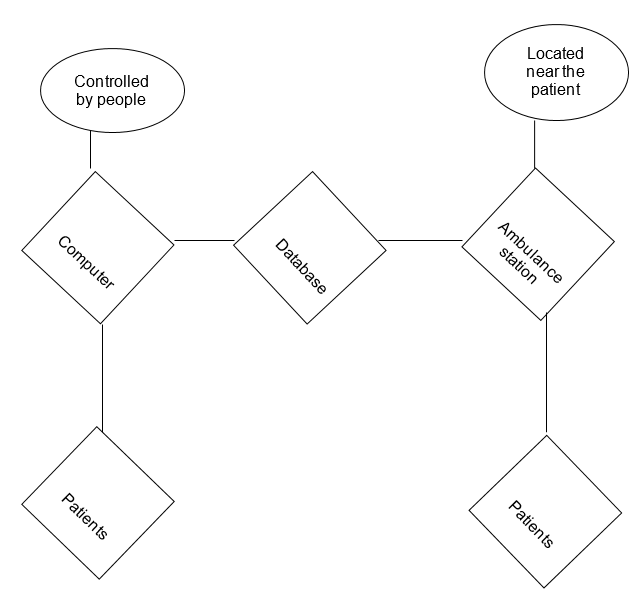Introduction
Analyzing the case of the London Ambulance Service on the third level is aimed not only at understanding the general situation, but also at introducing the concrete solutions for the problems. Thus, it is important to consider all the previously made conclusions. For instance, it is necessary to define the benefits and disadvantages of the system work, find the reasons for failures and offer the options for improvement.
On the previous two levels of analysis, we have drawn the general picture of the system work. We got acquainted with the consequences of its improper work, and tried to search for the reasons for the errors. The system appeared to fail at the beginning stage, being unable to receive all the calls from patients. Next, the distributions of the calls among the available ambulance vehicles was also done improperly. And finally, the displaying of the current situation in the city and in the LAS was done in a wrong way. In the level three analysis we will try to deal with all these issues and understand them more deeply.
System and Problems
The analysis of the system and its problems is of a vital importance, as far as identifying mistakes can help to correct them and to avoid them in future. In addition, the precise analysis of the system can help to find solutions which can improve its work.
There is a multitude of criteria to be considered while evaluating the work of the system. Thus, in order to analyze the work system of the London Ambulance Service fully, we use the checklist offered in the introductory section.
Analysis and Possibilities
Having analyzed the system work and defined its main disadvantages, we now can work on the ideas which can be implemented and develop the ways of its improvement. As it was stated in the previous levels of analysis, the system definitely needs a proper testing. Obviously, the implementation of the system should be made gradually,which means that the whole computer system of the London Ambulance Service should be updated. Installation of the hardware is also important. In addition, the workers should get acquainted to the new system in order to operate jointly. In addition, the system should be debugged, as well as the hardware of the LAS. All the precautions need to be taken in order to avoid the possible risks, such as the repetitive errors in the system work.
In case of the implementation of the mentioned changes, the system working properly would look like the next scheme:

As shown in the scheme, the beginning of the ideal scheme suggests that the patients should call to the LAS, where their calls are received by the computer. The computer is controlled by the workers, who are supposed to be experienced in this field and know how to operate the system quickly and effectively. The computer inserts the call into the database, which matches it with an ambulance station, located near the patient. The available vehicles at that station get a signal from the computer system and go to the patients.
As it can be seen, the system has an opportunity to work properly and satisfy the needs of both the customers and workers. Making the minor changes can help the London Ambulance Service to become more effective.
Recommendations and Justification
Having introduced the possible changes for the system, it is important to define whether these changes are profitable for the organization. As far as the London Ambulance Service is a governmental institution, its financing is rather limited and should be thoroughly planned. With this purpose, we can compare the needed costs, risks and benefits. In order not to miss any of the points, we use a template offered in the appendix section (Atler, 232):
Conclusion
The failure in the system work at the London Ambulance Station caused a lot of damage both for patients and workers. Having analyzed the system thoroughly, we defined the main drawbacks and their reasons. This enabled us to introduce a system of changes which may improve the technology work. In order to define whether it is justified to make the offered changes, we considered all the possible risks and benefits connected to them. In conclusion we can say that the LAS system can be computerized, but only in case of debugging and numerous testing of the system.
Reference List
Atler, S. 2006, “The Work System Method”, Work System Press, Larkspur.
